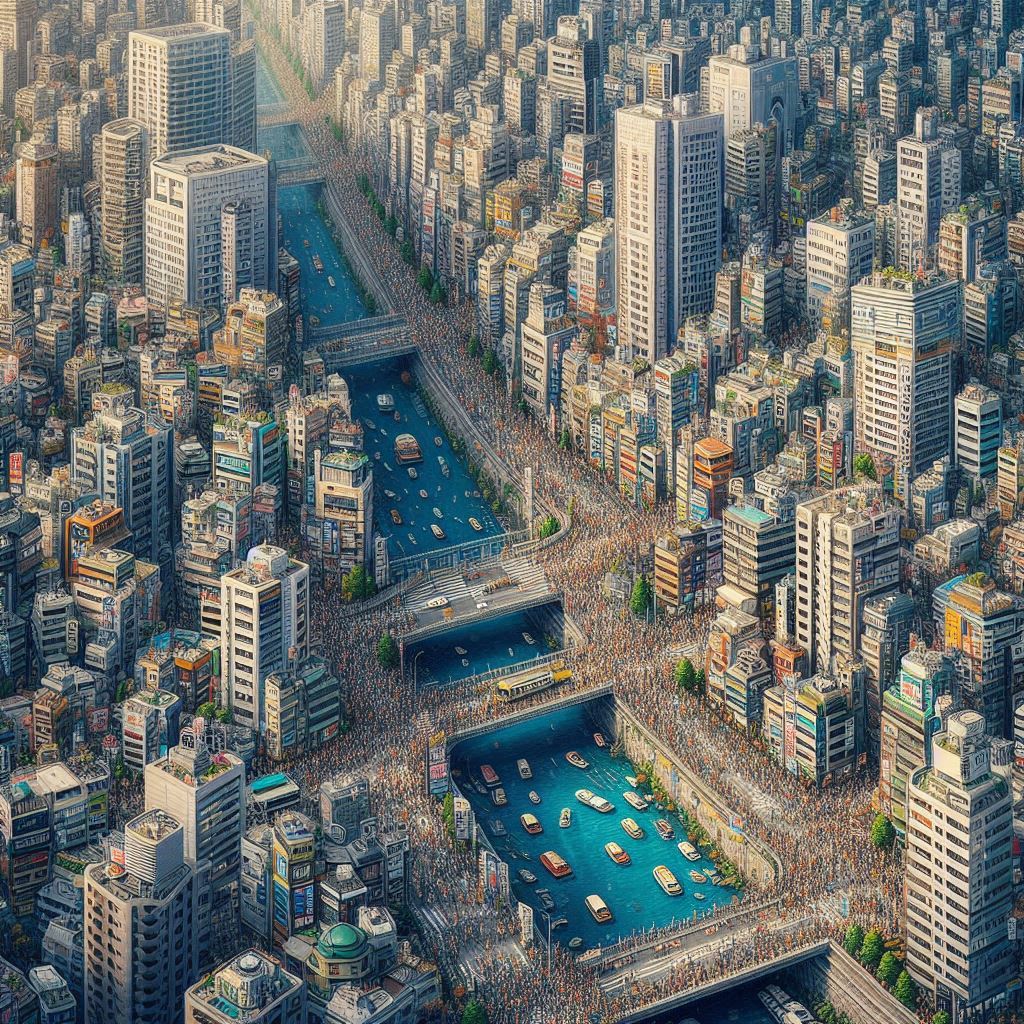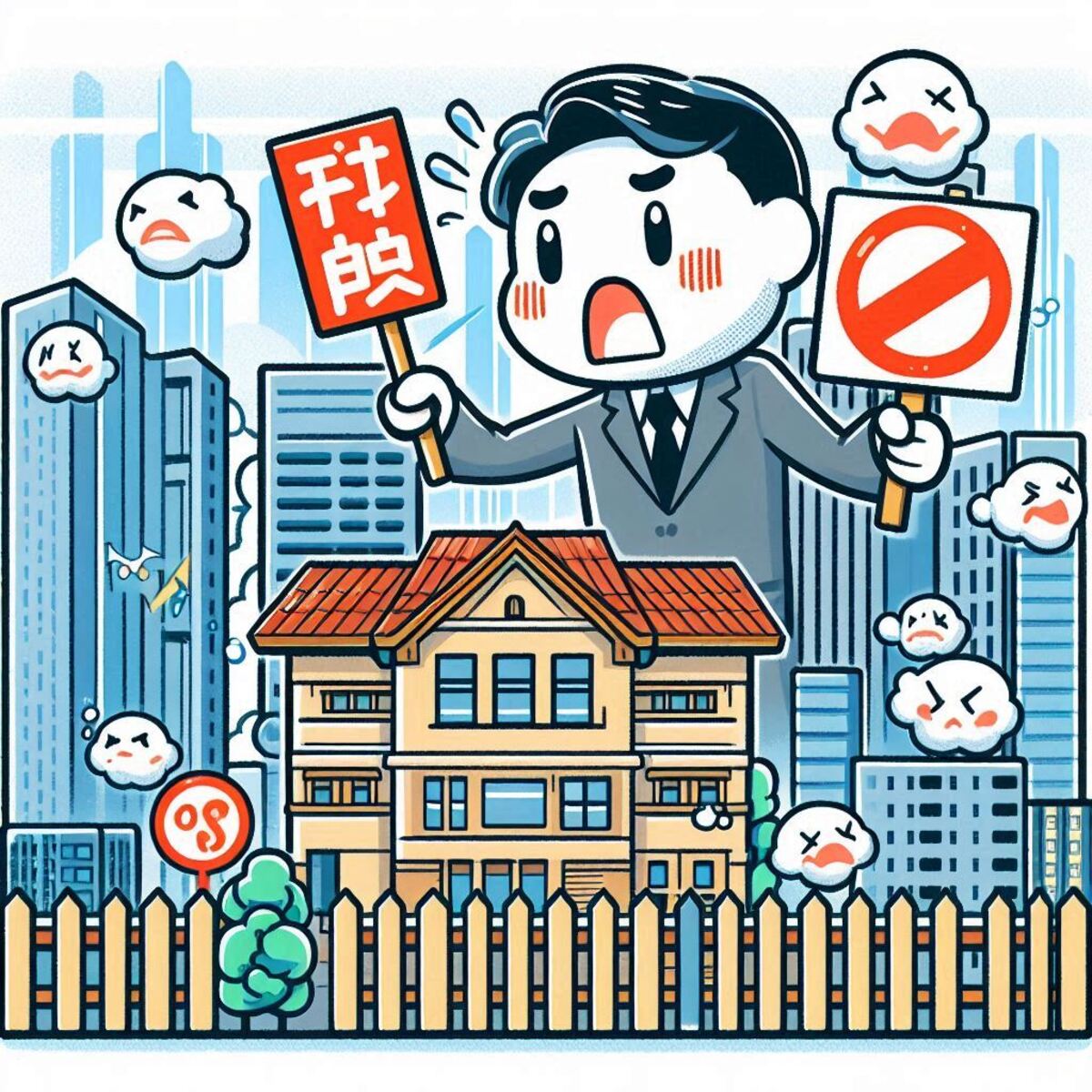“Among all of Minato Ward, Nishiazabu stands in a class of its own.”
Those who truly understand Tokyo’s real estate market often say this without hesitation.
At first glance, Nishiazabu may appear to be a quiet, understated residential district. Yet it enjoys unwavering popularity among high-net-worth individuals and holds one of the most stable asset values in the city.
Why has this area continued to retain—and elevate—its value across generations?
In this article, we explore the enduring appeal of Nishiazabu through the lenses of location, heritage, culture, and liquidity.
◆ A Rare Area Where Serenity Meets the Urban Core
Nishiazabu is located within a triangular area bordered by Roppongi, Hiroo, and Minami-Aoyama—three of Tokyo’s most prestigious districts.
Unlike its neighboring commercial zones, Nishiazabu remains resolutely residential, defined by calm streets and understated elegance.
- A peaceful central location removed from the noise
- A landscape of luxury homes and low-rise residences tucked just behind major thoroughfares
- A preference for vintage low-rise properties over high-rise towers
This unique coexistence of urban connectivity and refined stillness is precisely what makes Nishiazabu so compelling to discerning buyers.

◆ Fixed Land, Finite Supply
In real estate, value is decided by scarcity.
New developments in Nishiazabu are exceedingly rare due to the following reasons:
- Height restrictions and zoning laws limit vertical development
- Long-term ownership discourages frequent sales
- The neighborhood is shaped by a tradition of generational living and property stewardship
In a market where properties rarely surface—even when demand is strong—limited inventory sustains premium pricing over time.
◆ A Community Defined by Affluent Connection
Nishiazabu is not only a tranquil luxury residential district—it is also a naturally formed community where affluent individuals are quietly connected by shared values and refined sensibilities.
- Neighbors place a high premium on privacy and aesthetic harmony
- The area is dotted with elegant restaurants, galleries, and members-only clubs, fostering sophisticated social and cultural exchange
- Even real estate transactions reflect this discretion, with agencies carefully considering who a property is sold to
This environment supports a relationship-based economy, where social cohesion reinforces long-term value—and price resilience.
◆ A Fully Realized Neighborhood, Untouched by Redevelopment
While real estate prices in redevelopment zones can fluctuate dramatically, Nishiazabu remains untouched by such volatility—for one key reason: there is very little land left to develop.
- It is not about becoming something new—but about remaining beautifully unchanged.
- Streetscapes and architectural consistency become assets over time
- Aging is not depreciation, but a quiet testament to cultural and spatial integrity
This is the hallmark of a mature real estate market—one that is both rare and revered, even within Japan.

◆ Summary: In Nishiazabu, Value Lies in What Rarely Surfaces
Land doesn’t change hands. Properties don’t come to market. Prices don’t fall.
The value of Nishiazabu lies in its quiet reliability as an asset—a place one can hold with confidence over time.
Those who own here have no need to sell. Those who desire to buy often wait indefinitely.
It is this unique market dynamic that continues to uphold the enduring value of the district.




